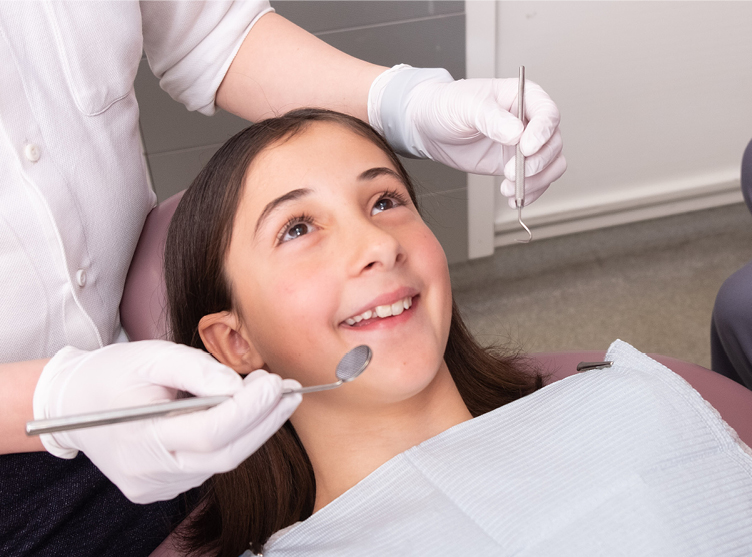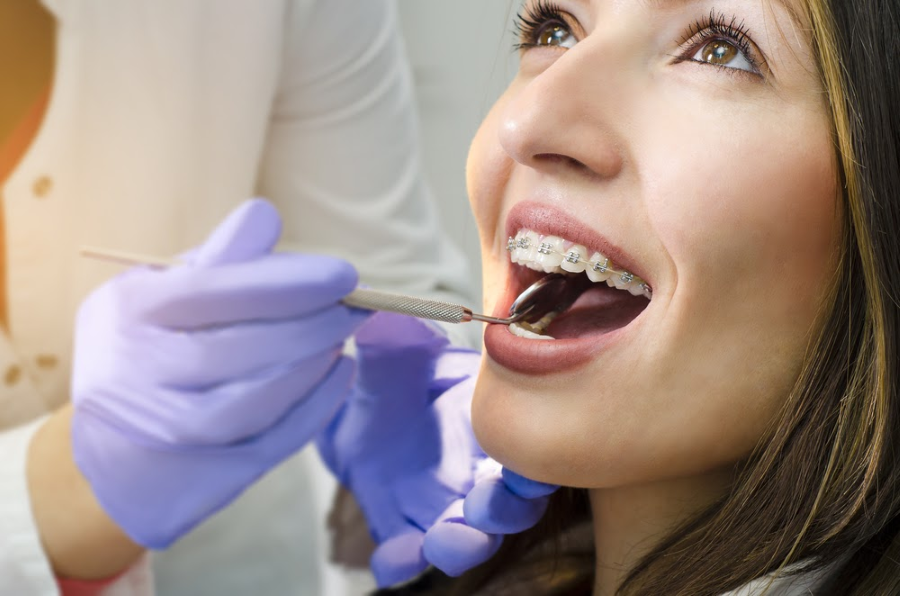Unknown Facts About Legacy Orthodontics
Wiki Article
The Greatest Guide To Legacy Orthodontics
Table of ContentsThe Greatest Guide To Legacy OrthodonticsHow Legacy Orthodontics can Save You Time, Stress, and Money.The 2-Minute Rule for Legacy OrthodonticsLegacy Orthodontics for DummiesSome Known Factual Statements About Legacy Orthodontics
At Advanced Orthodontics, we provide clients with a alternative treatment experience. Additionally, we provide flexible therapy schedules, adaptable payment alternatives and an enjoyable, pleasurable experience. clear braces. Call ( 480) 357-4900 today for more details and routine a visit.An orthodontist is a dentist trained to detect, prevent, and deal with teeth and jaw abnormalities. Orthodontists function with individuals of all ages, from kids to grownups.
Malocclusion, or misaligned teeth, can cause dental concerns, including dental cavity, gum tissue condition, and difficult or excruciating eating. Not every person is birthed with straight teeth. If you have a negative bite or large spaces in between your teeth, you may intend to seek advice from a dental practitioner focusing on orthodontic care.
Excitement About Legacy Orthodontics
( Image Credit History: DigitalVision/Getty Images) Orthodontists utilize taken care of and removable oral devices, like braces, retainers, and bands, to alter the position of teeth in your mouth. Orthodontic therapy is for oral abnormalities, including: Uneven teethBite troubles, like an overbite or an underbiteCrowded teeth or teeth that are also far apartJaw misalignmentThe goal of orthodontic therapy is to improve your bite.While you might think of orthodontists as mainly for kids or teens that require braces, they can remedy oral problems at any type of age. Orthodontists go to university, dental institution, and orthodontic college.
All orthodontists are dental practitioners, but not all dental practitioners are orthodontists. Orthodontic residency programs offer extensive, focused direction for dental experts. They concentrate on 2 locations: Exactly how to properly and safely move teeth Just how to properly assist development in the teeth, jaw, and faceOnce an orthodontist has completed training, they have the alternative to come to be board accredited.
Not known Incorrect Statements About Legacy Orthodontics
Imbalance, or malocclusion, is one of the most common factor individuals see an orthodontist. It is hereditary and is the result of size distinctions between the top and reduced jaw or between the jaw and teeth. Malocclusion leads to tooth congestion, an askew jaw, or uneven bite patterns. Malocclusion is typically treated with: Your orthodontist connects steel, ceramic, or plastic square bonds to your teeth.If you have just minor malocclusion, you might be able to utilize clear dental braces, called aligners, rather than conventional dental braces (https://www.blogtalkradio.com/legacyortho). Some people need a headwear to assist relocate teeth into line with stress from outside the mouth. After braces or aligners, you'll require to wear a retainer. A retainer is a custom-made gadget that maintains your teeth in area.
They're most typically utilized on youngsters. They can produce added room in the mouth without needing to pull teeth. If you have a serious underbite or overbite, you might need orthognathic surgical procedure (also called orthodontic surgical procedure) to lengthen or shorten your jaw. Orthodontists use wires, medical screws, or plates to support your jaw bone.
You might require to see an orthodontist if you have: Crowding or otherwise sufficient area for all of your teethOverbite, when your upper teeth come your bottom teethUnderbite, when your base teeth are also far forwardSpacing or issues with gapsCrossbite, which is when your see this top teeth fit behind your bottom teeth when your mouth is closedOpen bite or an upright gap in between your front bottom and upper teethMisplaced midline, when the center of your base and top teeth don't line up Dealing with a dental malocclusion can: Make biting, chewing, and talking easierImprove the proportion of our face and your general appearanceEase discomfort from temporomandibular joint conditionsDifferent your teeth and make them easier to clean up, assisting avoid tooth degeneration or cavities It's frequently a dental practitioner who initially notices misaligned teeth throughout a regular exam.
Little Known Questions About Legacy Orthodontics.

Throughout your very first orthodontic examination, you'll likely have: An oral examPhotos taken of your face and smileDental X-raysPanoramic (360 level) X-rays of your face and headImpressions to create molds of your teethThese tests will certainly help your orthodontist recognize exactly how to continue with your treatment. leesburg orthodontist. An orthodontist is a dental practitioner who's had training to treat your teeth and jaw
Orthodontists might carry out surgical treatment, exams,X-rays,and even more to help you attain a much more comfy, healthier smile. An orthodontist is concentrated on your bite, so something like a damaged tooth would certainly be managed by a dental expert. Orthodontists are dental experts yet not all dental practitioners are orthodontists. Orthodontists are focused on your bite, or the method your teeth meshed, and the straightness of your teeth. Ever questioned how celebrities always appear to have flawlessly straightened teeth? The answer frequently exists in the experienced hands of an orthodontist. But what precisely does an orthodontist do? Orthodontists are oral professionals that concentrate on remedying abnormalities in the teeth and jaws. Their expertise surpasses simply developing a beautiful smile; it expands to improving your total oral health and feature.
Indicators on Legacy Orthodontics You Should Know

, orthodontists have a varied toolkit at their disposal. These tried-and-true braces utilize a system of brackets bound to the teeth and attached by wires.
Clear aligners, like Invisalign, are a prominent alternative for patients looking for a much more very discreet treatment alternative. These detachable trays are custom-made to progressively move the teeth's setting. Headwear may be used combined with dental braces or aligners to use extra targeted forces, particularly for fixing jaw discrepancies. In cases of narrow jaws, palatal expanders can be used to develop area for proper tooth positioning.
Report this wiki page